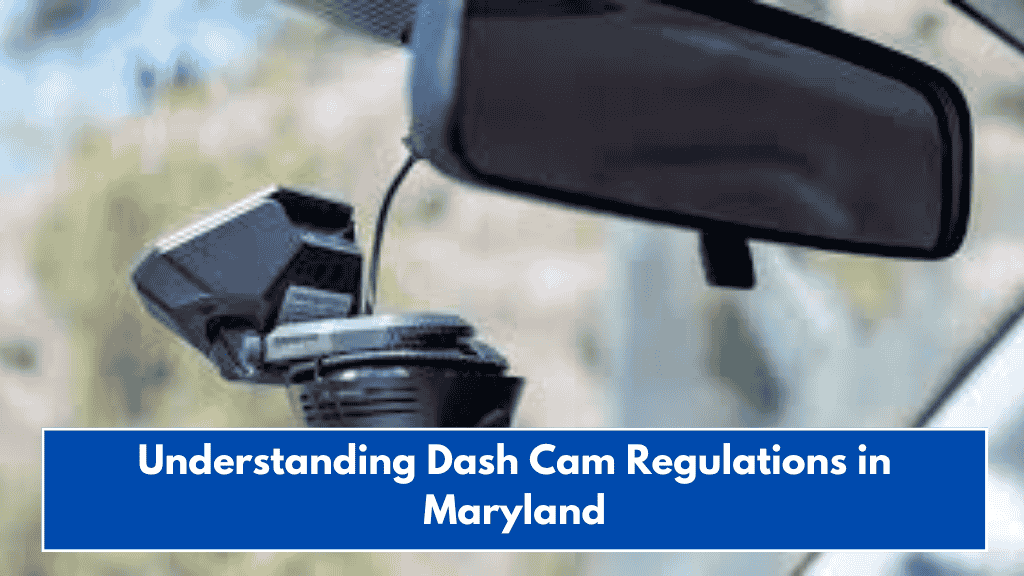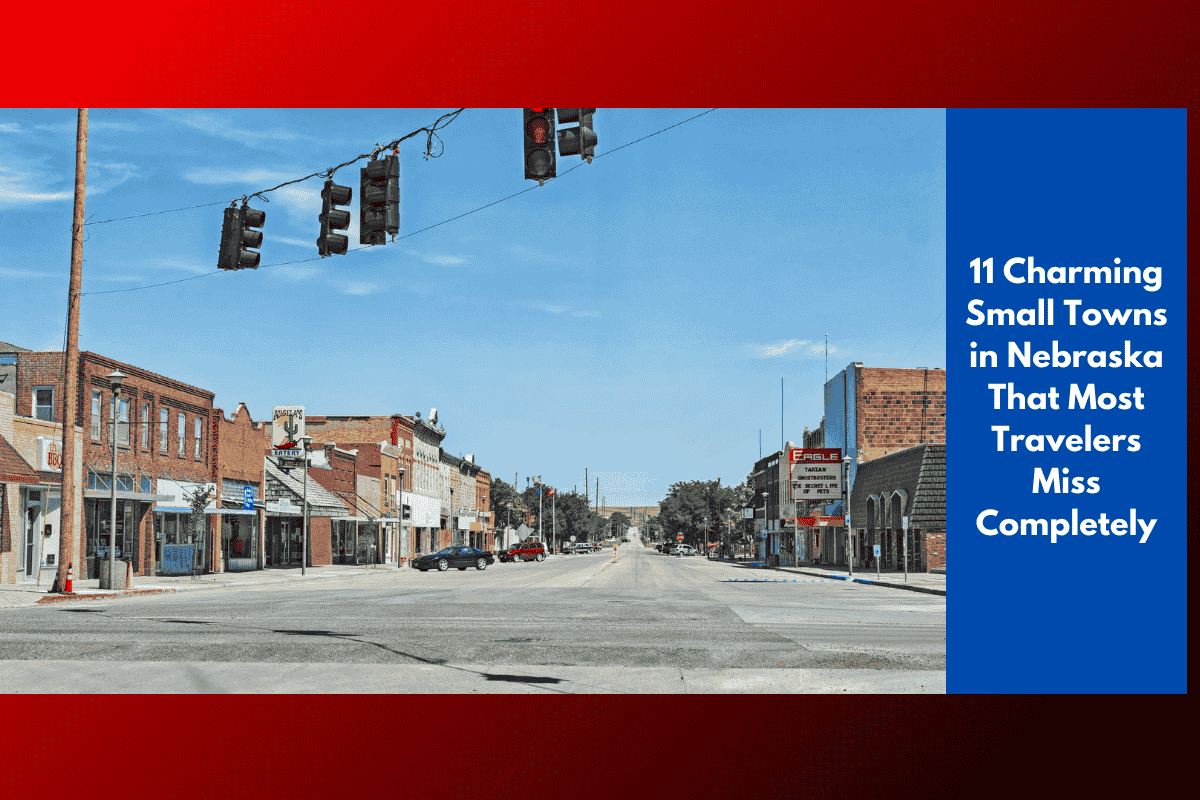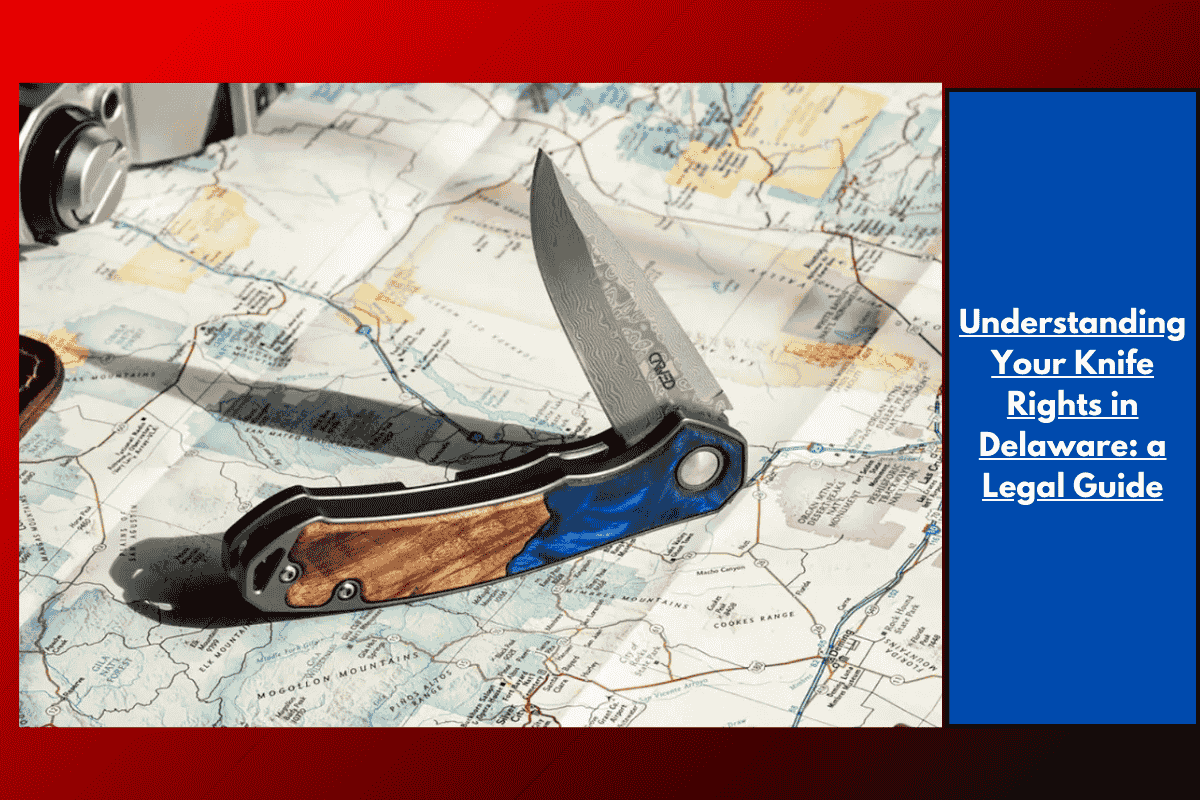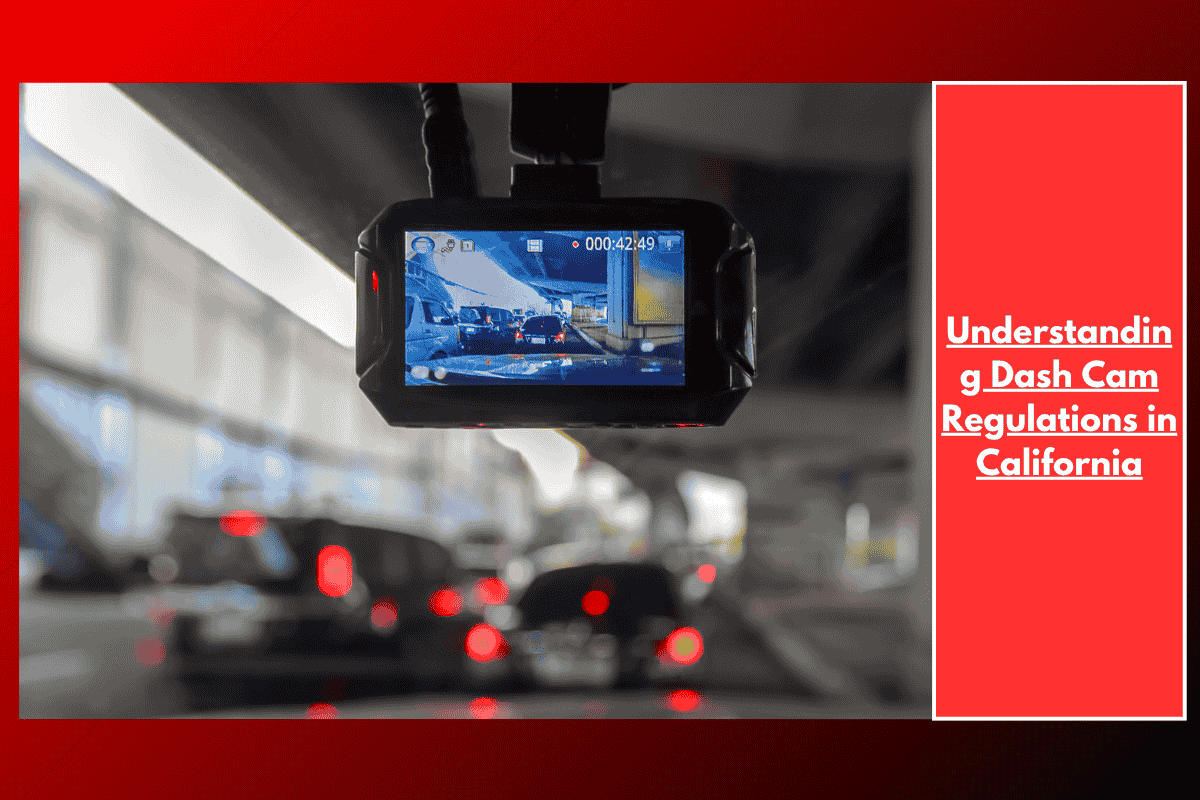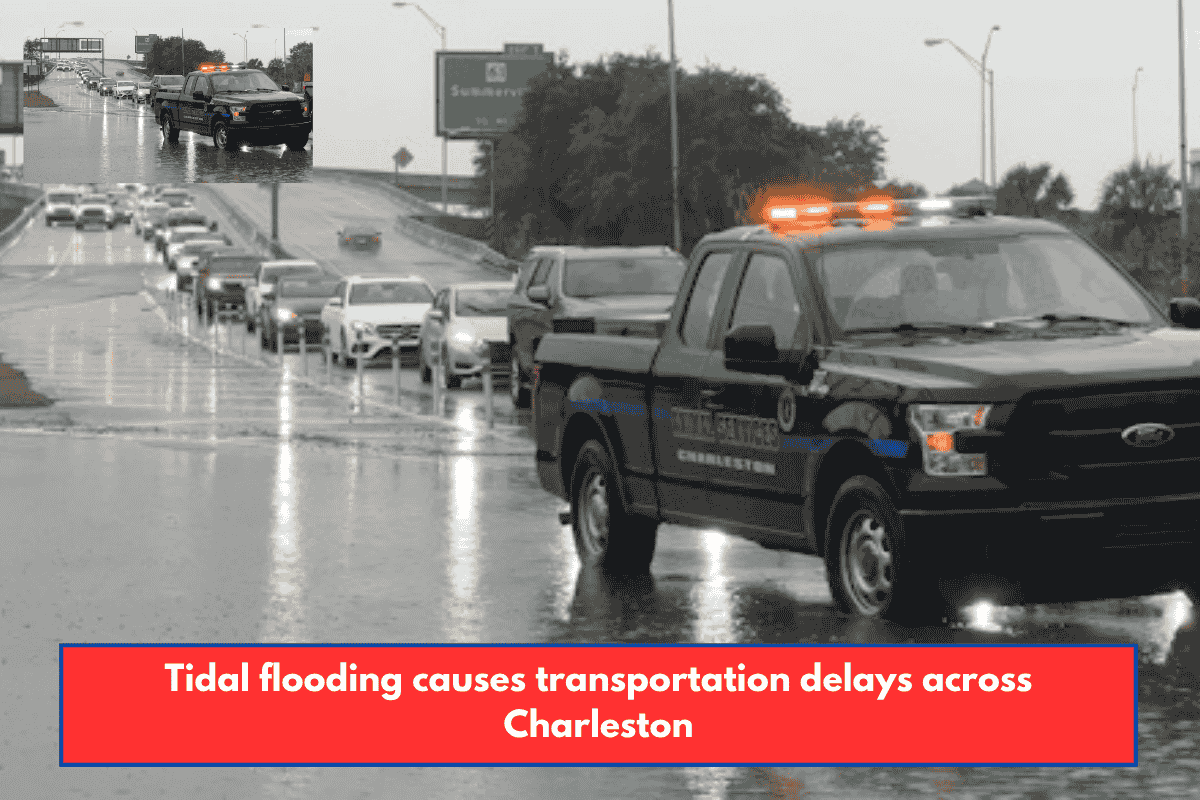Yes, dashcams are legal in Maryland, as long as they’re placed in a way that doesn’t block your view of the road. Typically, they should be mounted behind your rearview mirror or on the dashboard.
However, Maryland is a two-party consent state, meaning all people in a conversation must agree to be recorded. This matters if your dashcam records audio inside the car. To stay legal, either turn off the audio recording or inform passengers that they are being recorded.
Can Dashcam Footage Be Used in Court?
Yes, but not automatically. Dashcam footage can be used as evidence if it meets certain requirements:
- Relevance: It must help prove something important in the case.
- Authenticity: You must show the footage is real and unedited.
- Reliability: The footage must clearly show what happened and not be misleading.
Dashcam Footage vs. CCTV in Maryland
Both can help in a crash case, but dashcams have the edge when it comes to detail.
Dashcam footage shows events from the driver’s perspective, capturing close-up views of:
- Speed
- Lane changes
- Stoplight behavior
- Reactions of other drivers
CCTV footage, like cameras from nearby buildings or traffic lights, gives a wider view of the crash but may miss important details, especially in low resolution.
Other Video Sources in Maryland Accident Cases
Maryland crash claims may also use these types of footage:
MDOT Traffic Cameras
Operated by the Maryland Department of Transportation, these cameras capture highway and intersection views. Footage may be available if requested quickly before it’s erased.
Body-Worn Cameras
Used by police during accident responses. They record driver conditions, statements, and the accident scene—great for DUI or fault-related claims.
Police Dashcams
Similar to civilian dashcams but from a law enforcement perspective. They can support or contradict claims made by drivers at the scene.
Business or Residential Security Cameras
Stores, gas stations, or homes may have outdoor security systems that capture nearby street activity, including car accidents.
Bystander Cell Phone Footage
Eyewitnesses often record accidents or the aftermath. Their videos might capture road rage, reckless behavior, or helpful confessions at the scene.
Dashcams from Other Vehicles
In multi-car accidents, dashcams from other drivers can provide additional angles. Don’t forget to ask for this footage when involved in a collision.
School Buses or Public Transport Cameras
Some transit systems record exterior footage. These can help if the accident happened near a school or public stop.
Maryland’s Strict Contributory Negligence Rule
Maryland follows a contributory negligence law, which means if you’re found even 1% at fault, you cannot recover any compensation from the other party. So, be cautious: dashcam footage can also work against you if it shows speeding, texting, or unsafe driving on your part.
Key Tips for Dashcam Users in Maryland
- Mount your dashcam legally (don’t block your view).
- Turn off or inform others about audio recording.
- Keep your dashcam running while driving.
- Save important footage immediately after a crash.
- Avoid editing or trimming the footage.
- Backup recordings in case your memory card is damaged or lost.
Dashcam footage can be a game-changer in Maryland car accident claims. It offers solid proof of what happened and can help resolve disputes faster. But it must be used correctly—legally recorded, clearly relevant, and backed by proper handling.
If you’re in a crash and your dashcam recorded the event, talk to a Maryland car accident lawyer before submitting the footage. They can help make sure the video helps—not hurts—your case.

